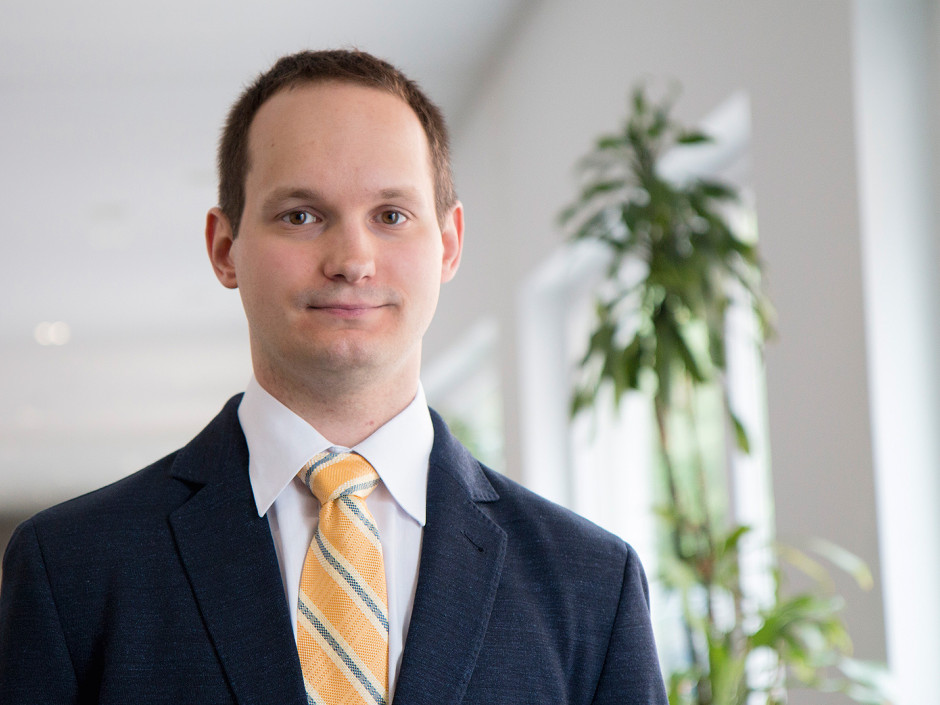The Eureka Moment
A mathematical algorithm developed by EURAC and unibz has cut DNA sequencing time from 20 days to just five hours. The technology has already been integrated into PLINK, one of the most widely-used software for genetic data analysis. The project‘s lead researcher, computer scientist Daniel Taliun, describes his breakthrough.
In a nutshell, what have you created?
Taliun: I’ve developed a faster version of an existing algorithm written by Stacy Gabriel in 2002. It’s used for finding sequences of DNA called haplotype blocks. These are regions in the DNA where there is less variation between individuals. These blocks can be very interesting for population genetics. For example, if we compare certain haplotype blocks between individuals from Africa and Europe, we will find that there are differences that set them apart because Africans are a much older population. Basically what my algorithm allows is to find these blocks much faster. When Gabriel’s algorithm came out, scientists were processing about 500,000 nucleotides with every sequencing procedure. Currently they are working with 75 million. So the focus of my PhD was to take the algorithm from Stacy Gabriel and scale it up.
How is this helping research concretely?
Taliun: In general this algorithm can be used in Genome-Wide Association studies, in which the entire human genome is analysed in many individuals to see what locations in the genome can affect the status of a disease. The developed algorithm allows analysts to group the genome into these haplotype blocks with greater precision and in a very short time, and then analysts can specifically look at those blocks and identify regions of DNA that might be associated with disease. The process takes only 1% of the time previously required for partitioning the DNA into the blocks.
You worked closely with your two research directors, Johann Gamper from unibz’s Faculty of Computer Science and Cristian Pattaro from EURAC’s Center for Biomedicine. How did their work complement each other?
Taliun: I learned a lot from both of them, especially from Christian because he was the expert who helped me understand the needs of genetics. I am a computer scientist and of course I am more comfortable with mathematics and programming. So during my research, I spent a lot of time studying genetics. I also participated in many small projects at the Center for Biomedicine and this helped me a lot, too. At the same time, I participated in seminars at the Faculty of Computer Science. I was working in the two disciplines of computer science and genetics at the same time.
Many scientists dream of “finding something” once in their careers. You’ve done it very early on. Do you feel more pressure now?
Taliun: If someone were to tell me four years ago that this would be possible, I wouldn’t have believed them. This work gave me more confidence in myself as a researcher. On the other hand, I think that there are much more complicated problems ahead. I have this opportunity now to work at the Department of Biostatistics of the University of Michigan, and there are a lot of people around here who have done much more than I.
Related Articles
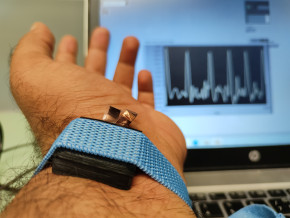
Tecno-prodotti. Creati nuovi sensori triboelettrici nel laboratorio di sensoristica al NOI Techpark
I wearable sono dispositivi ormai imprescindibili nel settore sanitario e sportivo: un mercato in crescita a livello globale che ha bisogno di fonti di energia alternative e sensori affidabili, economici e sostenibili. Il laboratorio Sensing Technologies Lab della Libera Università di Bolzano (unibz) al Parco Tecnologico NOI Techpark ha realizzato un prototipo di dispositivo indossabile autoalimentato che soddisfa tutti questi requisiti. Un progetto nato grazie alla collaborazione con il Center for Sensing Solutions di Eurac Research e l’Advanced Technology Institute dell’Università del Surrey.
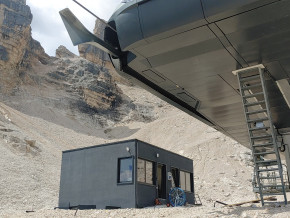
unibz forscht an technologischen Lösungen zur Erhaltung des Permafrostes in den Dolomiten
Wie kann brüchig gewordener Boden in den Dolomiten gekühlt und damit gesichert werden? Am Samstag, den 9. September fand in Cortina d'Ampezzo an der Bergstation der Sesselbahn Pian Ra Valles Bus Tofana die Präsentation des Projekts „Rescue Permafrost " statt. Ein Projekt, das in Zusammenarbeit mit Fachleuten für nachhaltiges Design, darunter einem Forschungsteam für Umweltphysik der unibz, entwickelt wurde. Das gemeinsame Ziel: das gefährliche Auftauen des Permafrosts zu verhindern, ein Phänomen, das aufgrund des globalen Klimawandels immer öfter auftritt. Die Freie Universität Bozen hat nun im Rahmen des Forschungsprojekts eine erste dynamische Analyse der Auswirkungen einer technologischen Lösung zur Kühlung der Bodentemperatur durchgeführt.
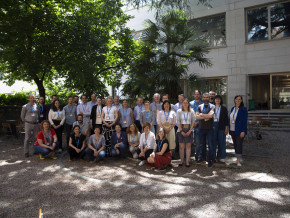
Gesunde Böden dank Partizipation der Bevölkerung: unibz koordiniert Citizen-Science-Projekt ECHO
Die Citizen-Science-Initiative „ECHO - Engaging Citizens in soil science: the road to Healthier Soils" zielt darauf ab, das Wissen und das Bewusstsein der EU-Bürger:innen für die Bodengesundheit über deren aktive Einbeziehung in das Projekt zu verbessern. Mit 16 Teilnehmern aus ganz Europa - 10 führenden Universitäten und Forschungszentren, 4 KMU und 2 Stiftungen - wird ECHO 16.500 Standorte in verschiedenen klimatischen und biogeografischen Regionen bewerten, um seine ehrgeizigen Ziele zu erreichen.
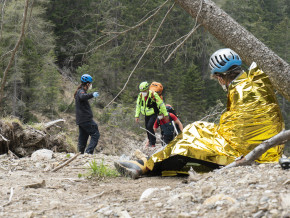
Erstversorgung: Drohnen machen den Unterschied
Die Ergebnisse einer Studie von Eurac Research und der Bergrettung Südtirol liegen vor.
